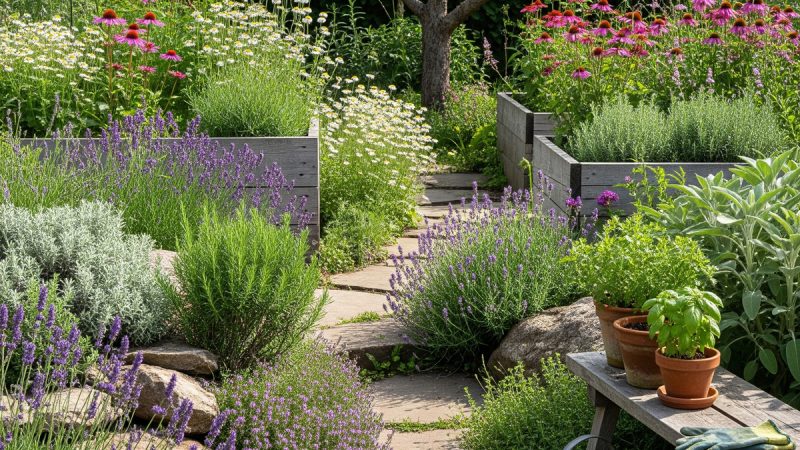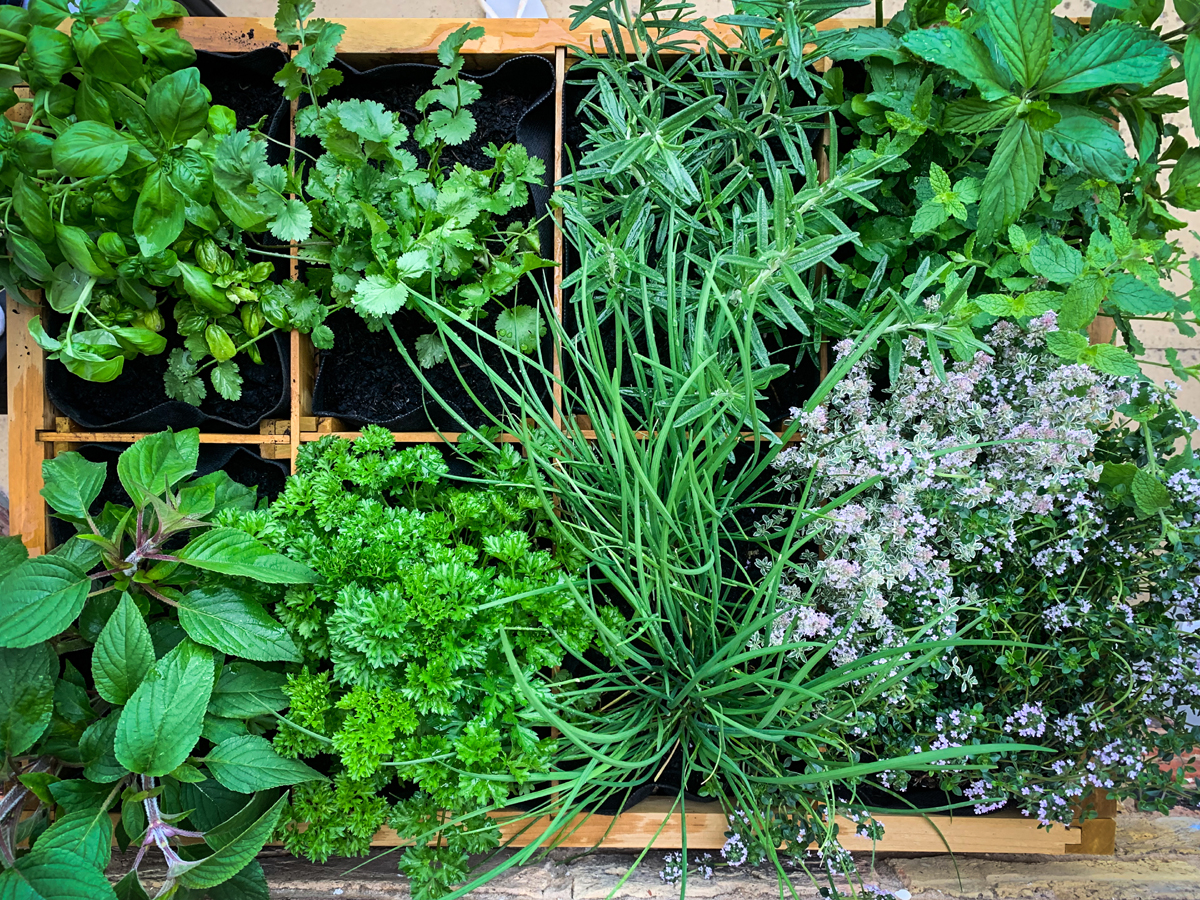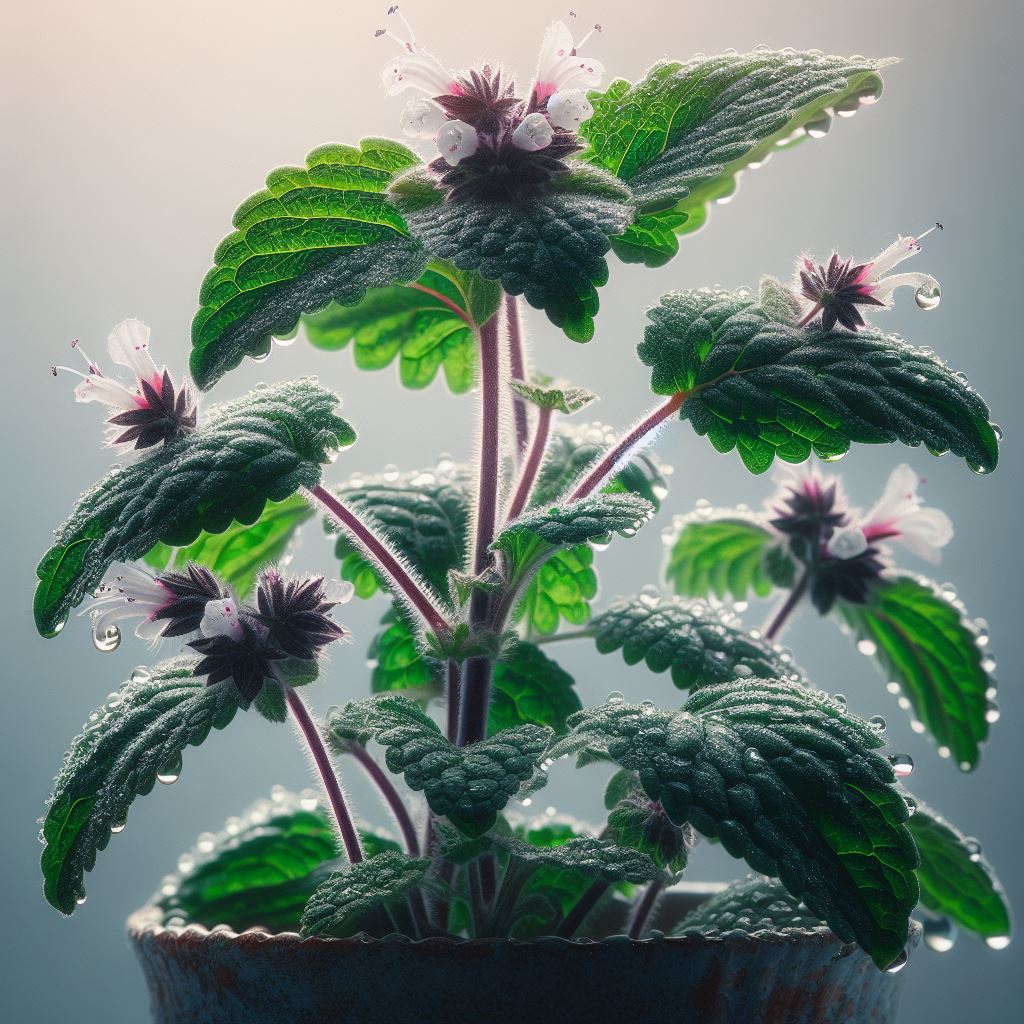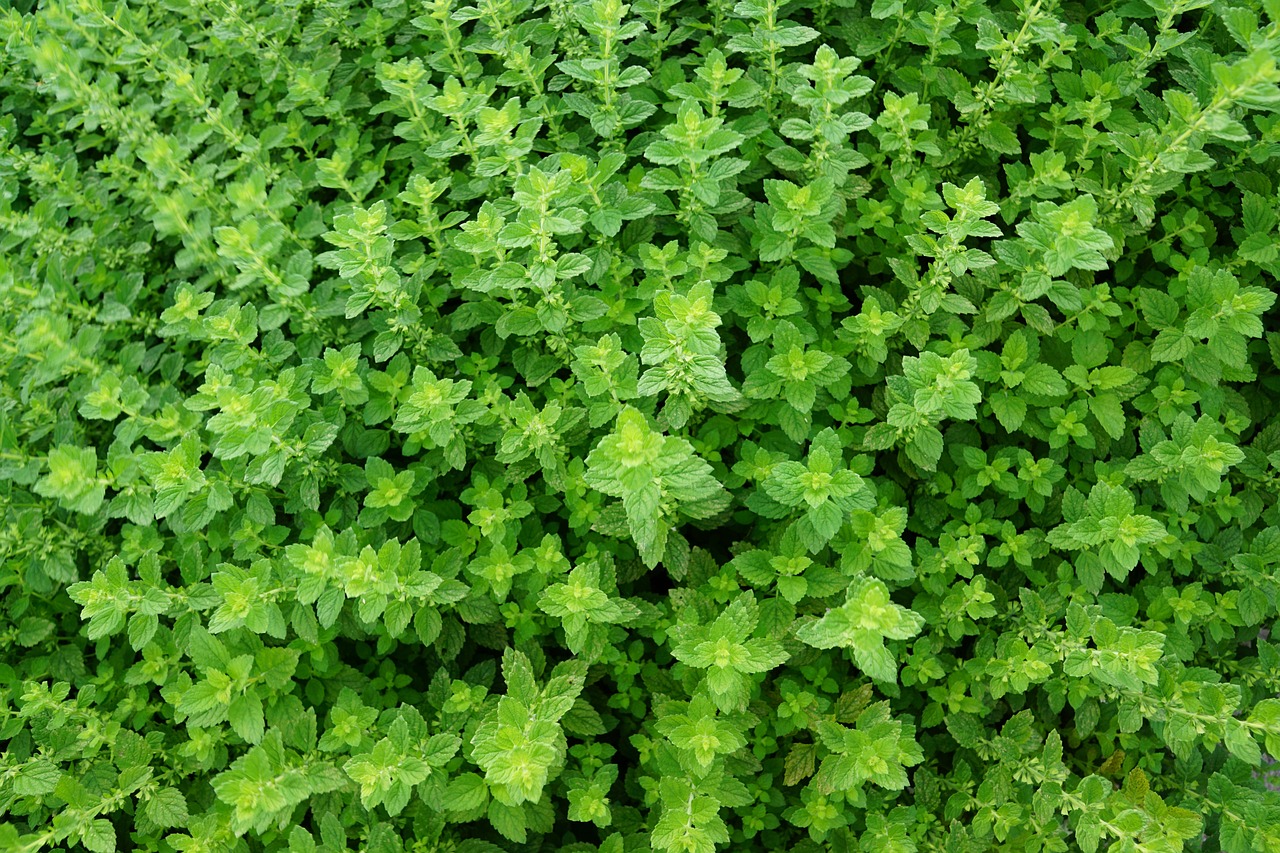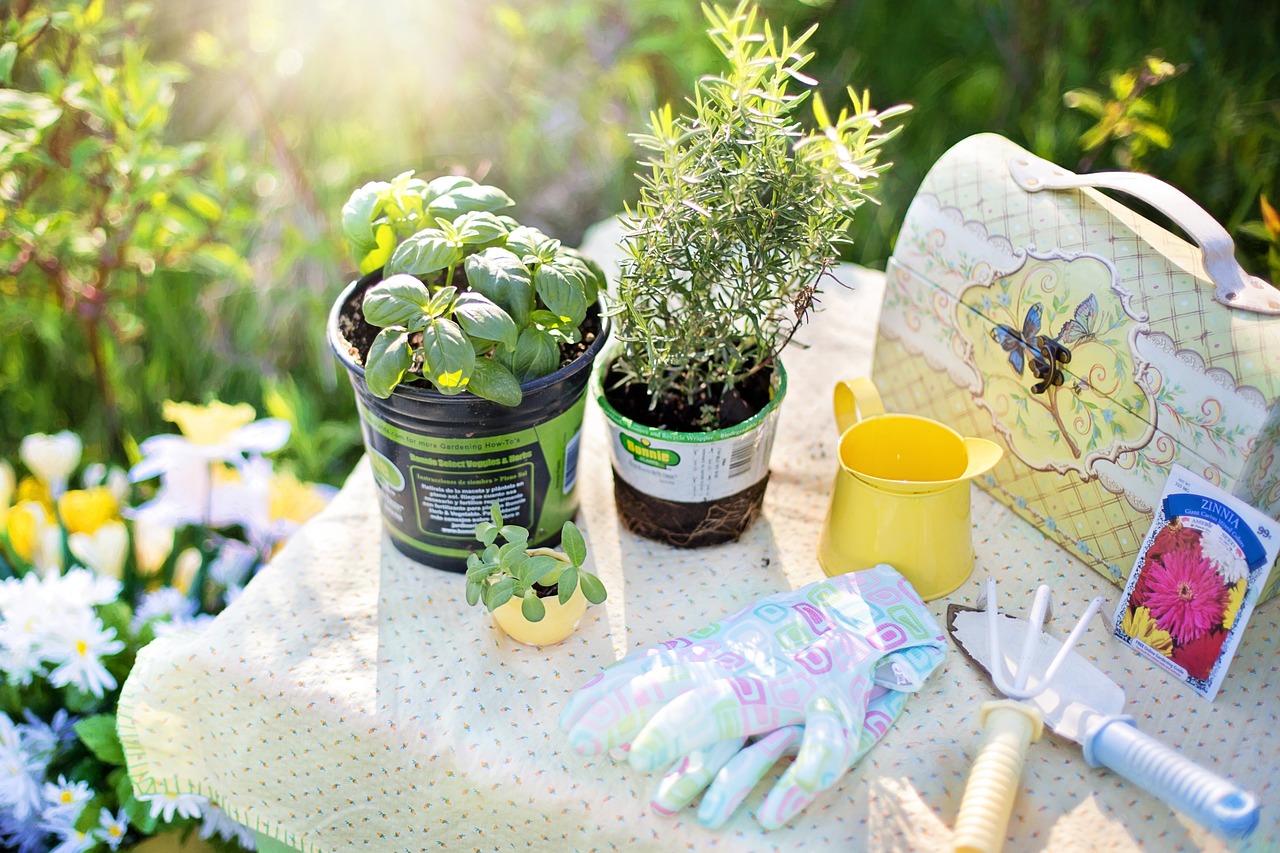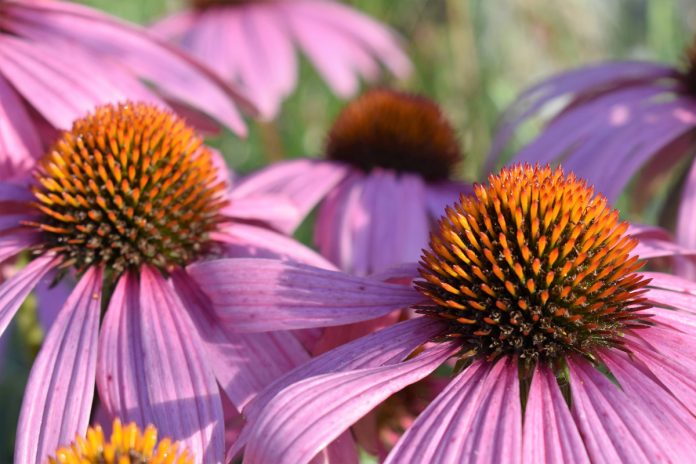10 Tips for Organic Gardening Uses of Comfrey
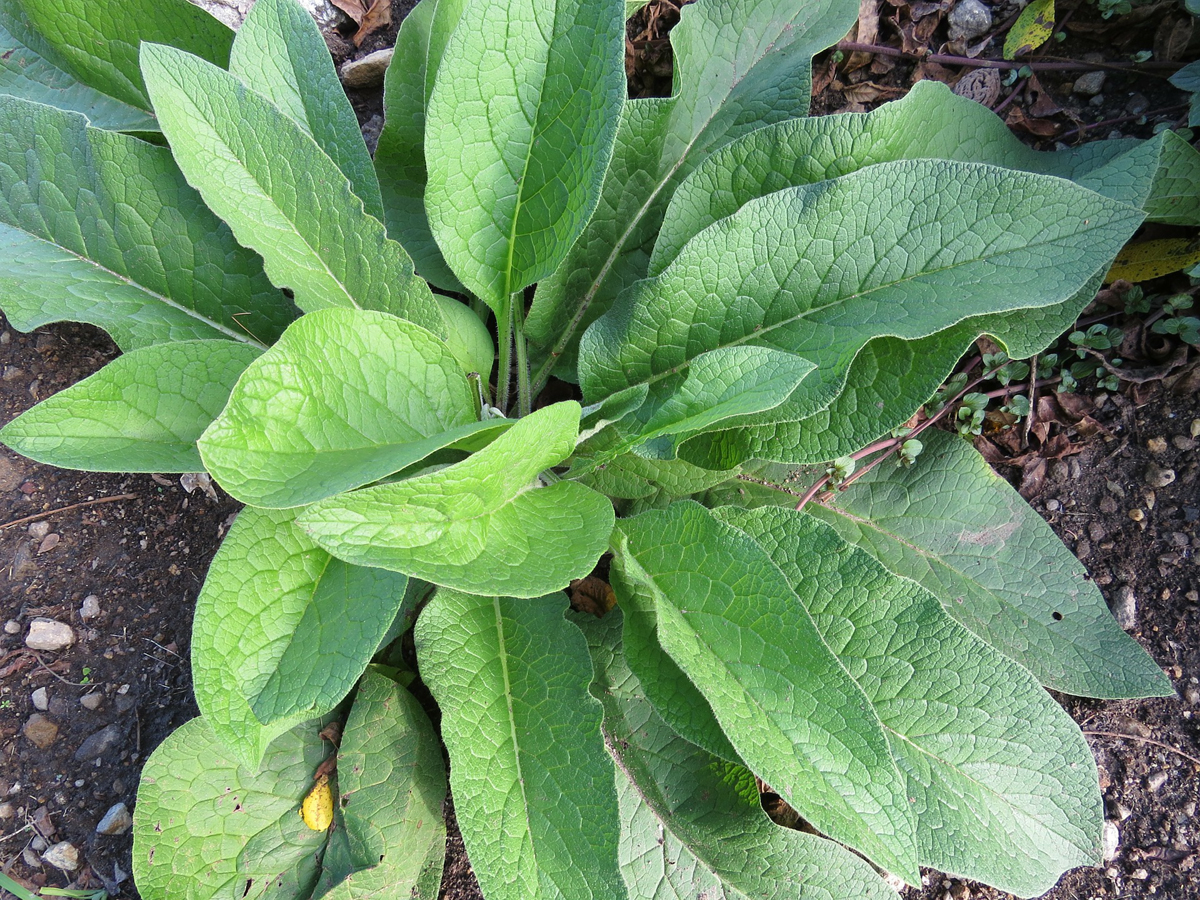
Comfrey (Symphytum officinale) is just one of those plants that every organic garden must have growing. It also has great merit as a medicinal plant. This plant serves us so well. Propagation is by root division. But be careful with this plant as it will grow from the tiniest piece of root.
OK, on to some of it’s best uses (and some lesser known ones)!
1. A valuable addition of bulk to the compost heap. It is an extremely good micro-nutrient accumulator – a complete fertilizer in a plant. The leaves are full of nitrogen, silica, calcium, potassium, iron and magnesium.
2. Comfrey is a great compost activator.
3. Use as a mulch around your veggies. You can harvest growth several times a year, from mid spring onwards. Make sure you put the leaves in the sun for a few hours to wilt so that it doesn’t take root.
4. It can be used as a fertilizer, placed directly in trenches before planting potatoes, beans, peas etc. (again make sure you wilt the leaves).
5. The very deep root system of this plant makes it ideal for breaking up heavy clay soils. This will also bring up nutrients that have leached deep into the soil.
6. Create a nutrient rich liquid fertilizer. Place comfrey leaves in a small amount of water for a week or more, then dilute 10:1. This liquid feed is excellent for potassium hungry crops, such as tomatoes.
7. Grow comfrey as a grass barrier. Chop up pieces of root, place in a hollow in your mulch about every 40cm / 16inches and cover with compost or good soil. Over time this will create a thick barrier that even couch doesn’t like to compete with. Comfrey dies down with the winter frost, but so does grass. Comfrey will start growing in spring before grasses do.
8. Use as a nutrient trap at the bottom of your garden (if you have a slope). It will grow lush and prevent nutrients escaping your garden by leaching out.
9. Expand your garden beds. Divide the roots to create a lot of new plants very quickly. Very useful as a ground cover.
10. Comfrey is sometimes known as “knit-bone” as it has been traditionally used as a poultice to heal broken bones. It is high in calcium which may be why it is used in this way.
Growing Conditions
Comfrey is a hardy herbaceous plant which thrives in most types of soil. It will survive frosts, but tends to loose most of its leaves through winter, then bounces back with the arrival of warmer weather. You will get the best yield of lush leaves if you provide it with a moist, fertile soil.
Comfrey is a great companion plant for most vegetable crops.
Wow, what an amazing plant. Now you see why Comfrey is a ‘must have’ in an organic gardening system. Buy your first comfrey plant only if you don’t know anyone who has it already. I’m sure they’d give you a piece of the root to get you started. I hope this gives you more ideas for Comfrey in your organic garden.
The Author:
Julie Villani is an avid organic gardener and recycler, living on a small country property in South Australia. Her mission is to encourage as many people as possible to garden organically.

